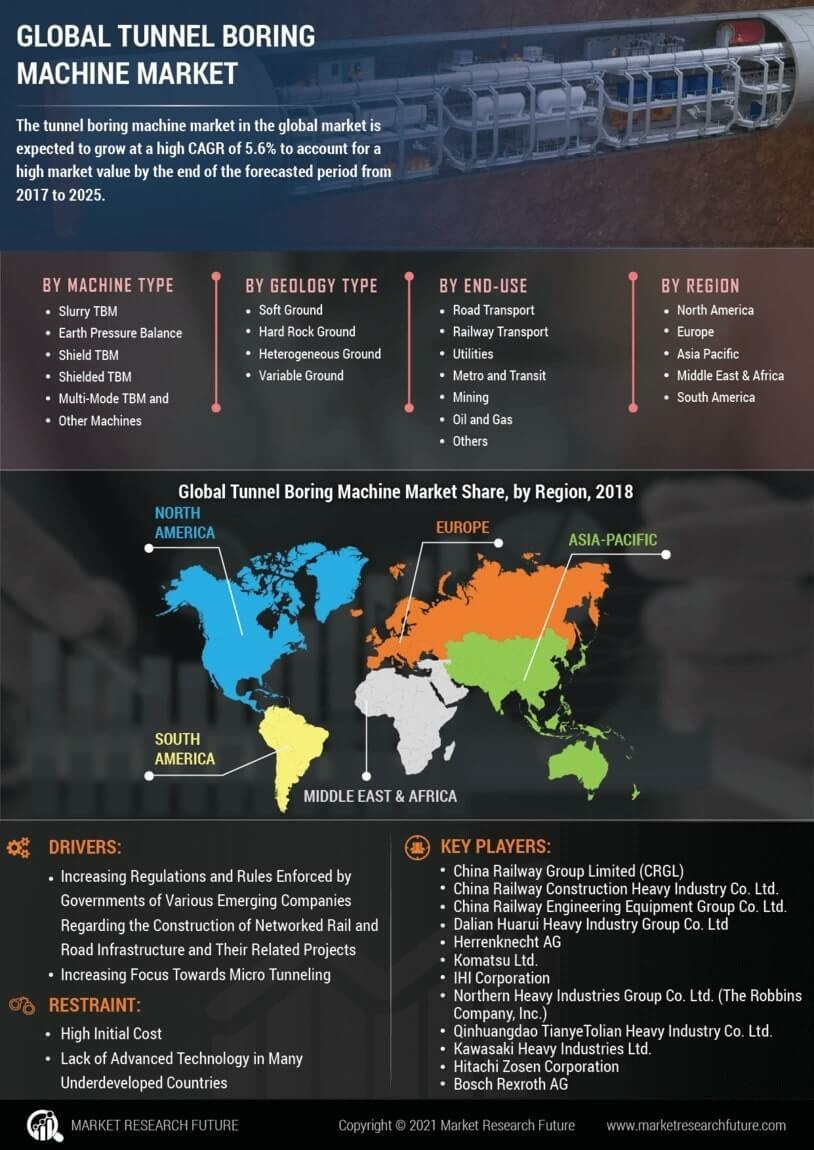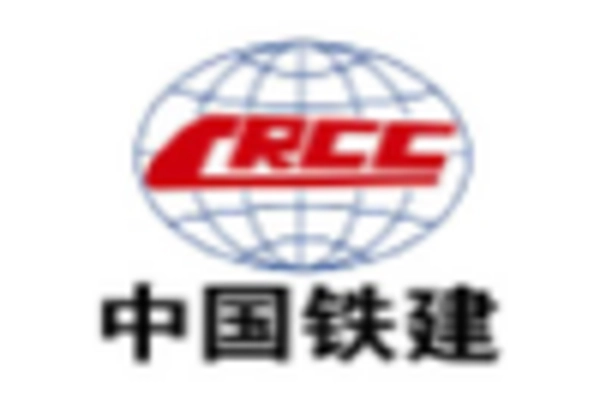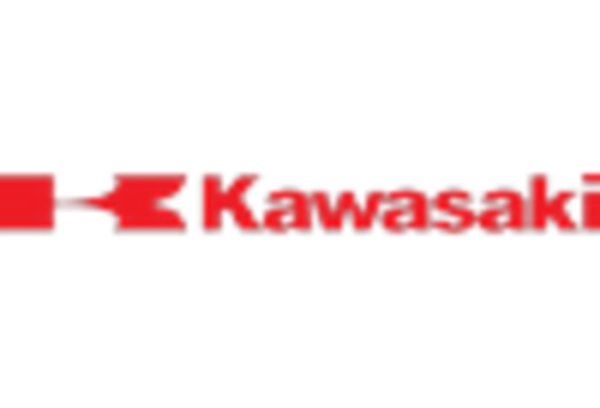Urbanization and Population Growth
Urbanization and population growth are likely to be significant factors influencing the Tunnel Boring Machine Market. As more individuals migrate to urban areas, the demand for housing, transportation, and public services escalates. This trend necessitates the construction of extensive underground facilities, such as metro systems and utility tunnels, to accommodate the growing population. According to recent estimates, urban areas are expected to house nearly 68% of the world population by 2050, which could lead to an increased reliance on tunnel boring machines for efficient construction. The need for rapid and effective tunneling solutions to support urban infrastructure development may drive the market further, indicating a promising outlook for the Tunnel Boring Machine Market.
Government Regulations and Standards
Government regulations and standards play a crucial role in shaping the Tunnel Boring Machine Market. Stricter safety and environmental regulations are compelling construction companies to adopt advanced tunneling technologies that comply with these requirements. This regulatory landscape encourages the use of tunnel boring machines that not only meet safety standards but also reduce carbon emissions and environmental disruption. As governments worldwide implement more stringent guidelines, the demand for compliant tunneling solutions is likely to increase. This trend suggests that the Tunnel Boring Machine Market may experience growth as companies invest in machines that adhere to evolving regulations, ensuring safer and more sustainable tunneling practices.
Infrastructure Development Initiatives
The ongoing emphasis on infrastructure development initiatives appears to be a primary driver for the Tunnel Boring Machine Market. Governments and private entities are increasingly investing in transportation networks, including subways, highways, and tunnels, to enhance connectivity and reduce congestion. For instance, the investment in urban transit systems is projected to reach substantial figures, potentially exceeding billions in the coming years. This surge in infrastructure projects necessitates the use of advanced tunneling technologies, thereby propelling the demand for tunnel boring machines. As urbanization continues to rise, the need for efficient underground construction solutions becomes more pronounced, suggesting a robust growth trajectory for the Tunnel Boring Machine Market.
Technological Innovations in Tunneling
Technological innovations in tunneling are transforming the Tunnel Boring Machine Market. The introduction of advanced machinery, such as Earth Pressure Balance (EPB) and Slurry Shield TBMs, enhances efficiency and safety in tunneling operations. These innovations not only reduce construction time but also minimize environmental impact, aligning with the growing focus on sustainable practices. The market for tunnel boring machines is projected to witness a compound annual growth rate (CAGR) of approximately 5.2% over the next few years, driven by these technological advancements. As companies seek to optimize their tunneling processes, the demand for state-of-the-art tunnel boring machines is expected to rise, further solidifying the market's growth potential.
Rising Demand for Renewable Energy Projects
The rising demand for renewable energy projects is emerging as a pivotal driver for the Tunnel Boring Machine Market. As nations strive to transition towards sustainable energy sources, the construction of underground facilities for wind farms, geothermal plants, and hydroelectric projects is becoming increasingly prevalent. These projects often require extensive tunneling work, which necessitates the use of specialized tunnel boring machines. The global shift towards renewable energy is projected to result in significant investments in infrastructure, potentially amounting to trillions of dollars over the next decade. This trend indicates a growing opportunity for the Tunnel Boring Machine Market, as companies seek efficient solutions to support the development of renewable energy infrastructure.


















Leave a Comment